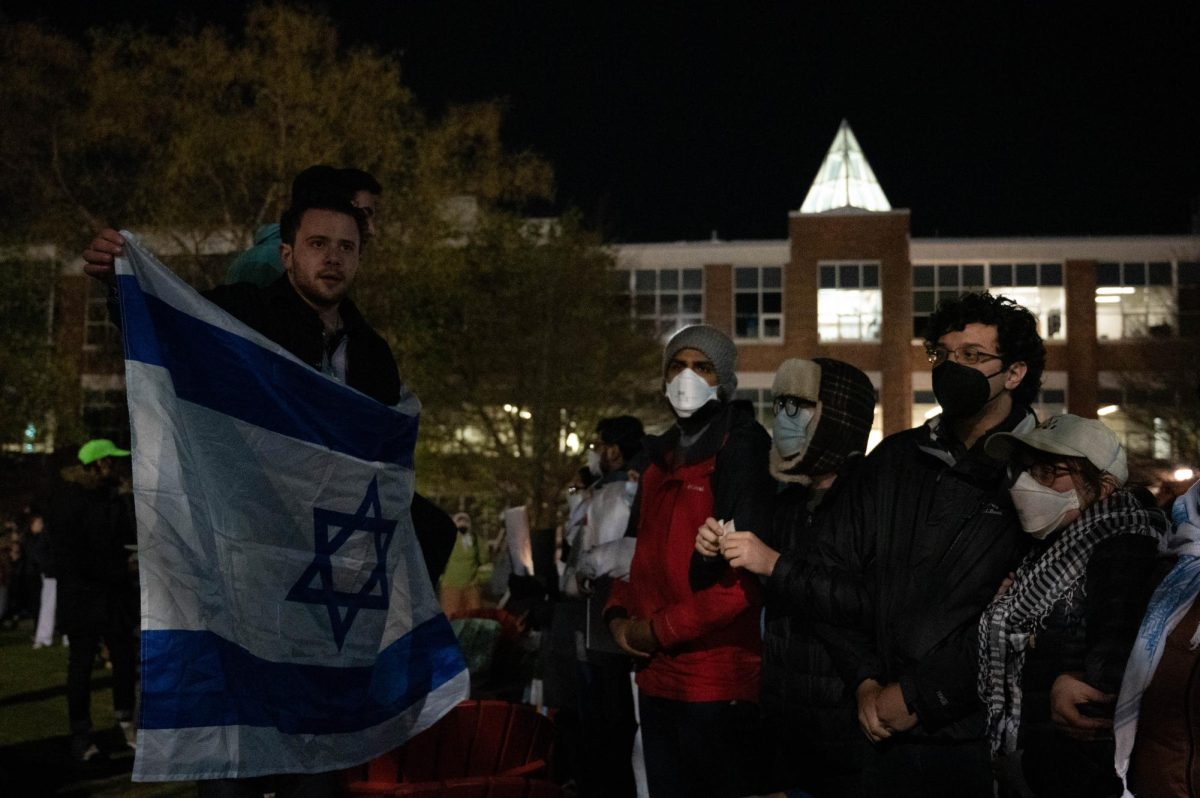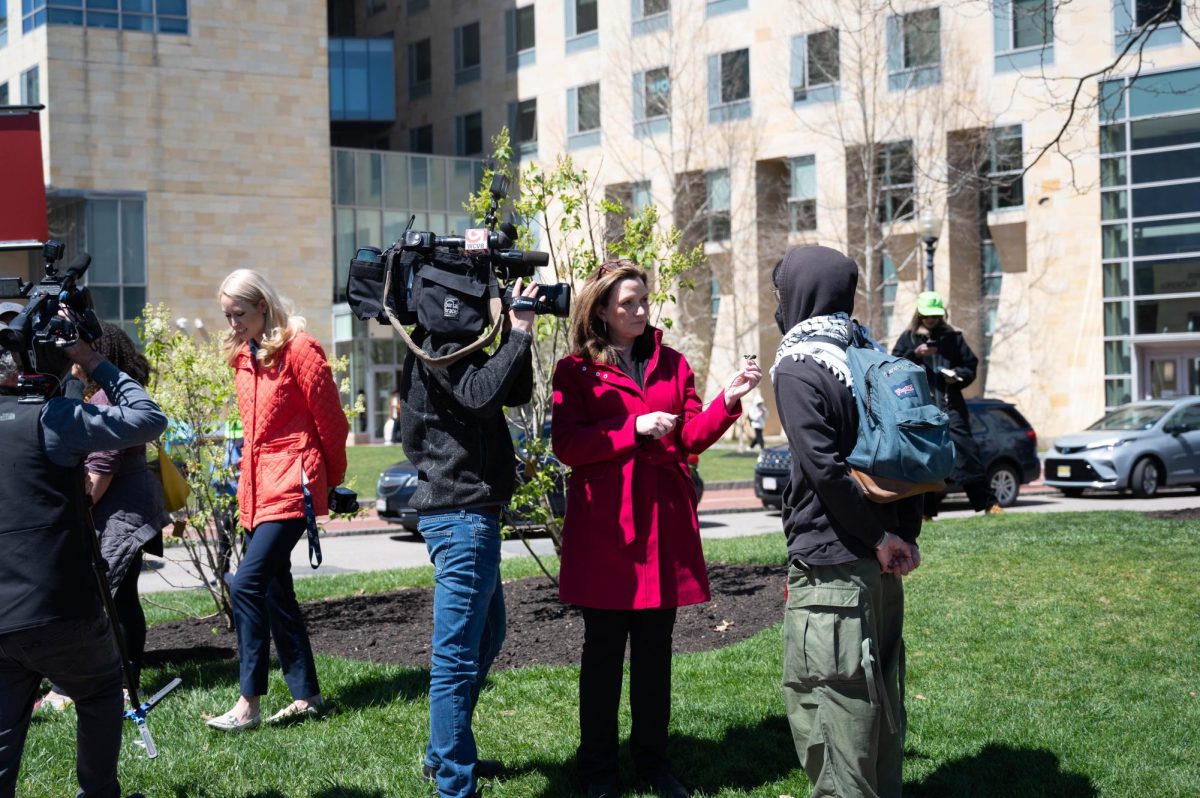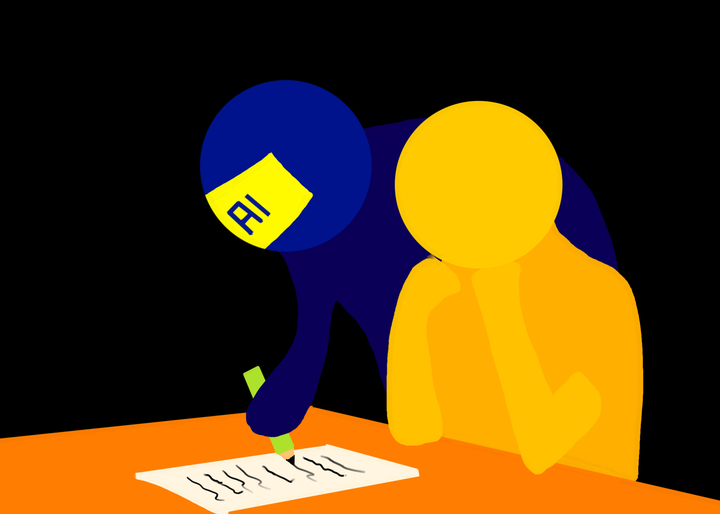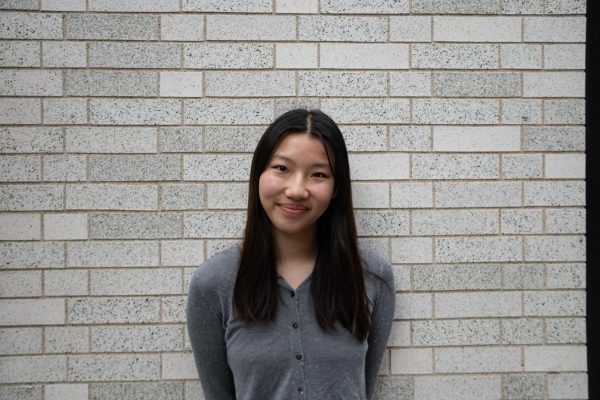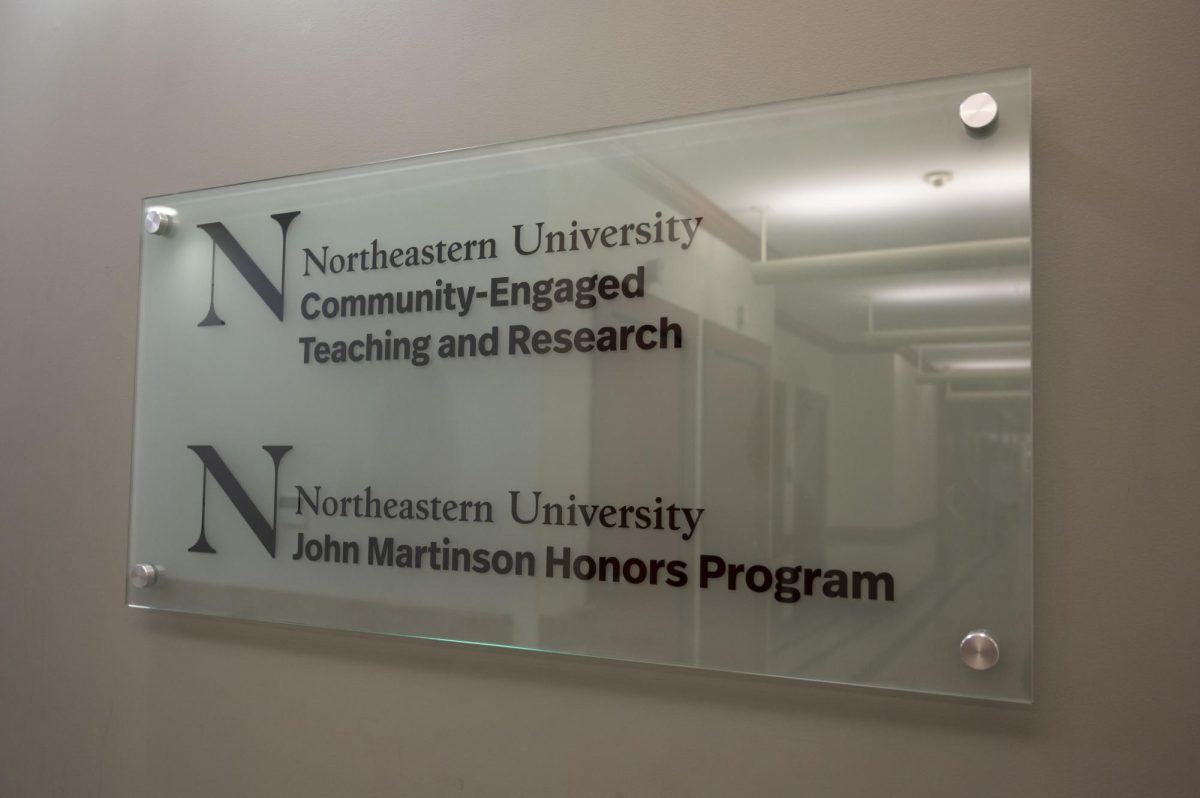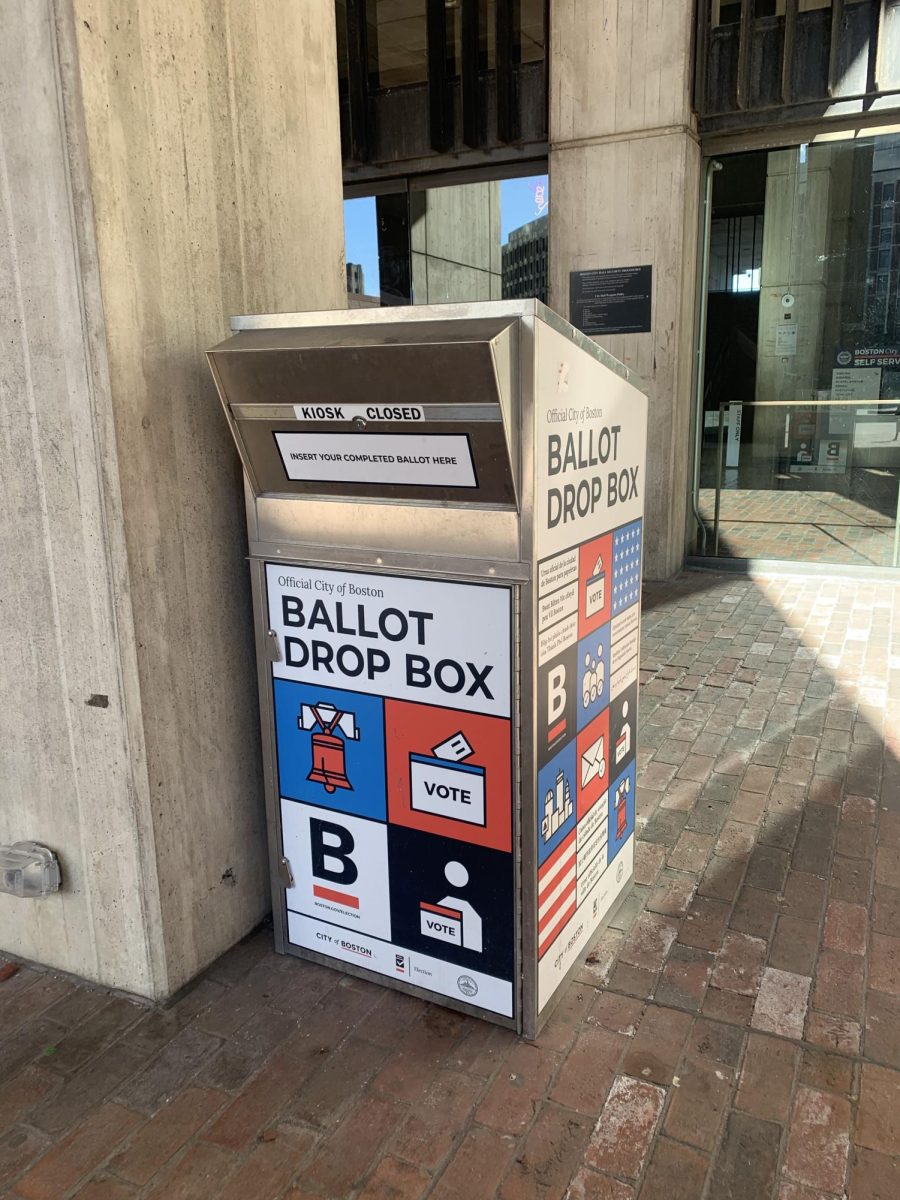“As the ink of traditional lesson plans dries, a new chapter unfolds, written not by the hand of the teacher, but by the algorithmic brilliance of ChatGPT. The quill has transformed into code, and the result is an epiphany that threatens to rewrite the very script of education itself.”
– ChatGPT, Feb. 1.
ChatGPT should represent a fundamental shift in how society approaches education. If you listen to its critics, ChatGPT has stripped back the educational process of lectures, lessons and assignments, simplifying the role of a student to a glorified search engine. I agree, but I don’t think this change is bad. ChatGPT should represent a seismic shift in education because it spotlights lessons that fail to encourage students to actually learn.
Although one cannot dispute that ChatGPT makes it easier for students to avoid doing work, educators who claim students will be able to turn in entirely ChatGPT-generated assignments need to re-evaluate the work they are giving. If a teacher is assigning work that can be easily answered by ChatGPT, it is not work that should be assigned.
This innovation offers teachers an opportunity to reevaluate their teaching approach and reorient lessons to encourage students’ creativity and critical thinking, rather than their ability to regurgitate information.
Some teachers have taken the change in stride, already incorporating ChatGPT into their lessons to encourage their students’ originality.
Houman Haroni and Dana Karout, two lecturers at the Harvard Graduate School of Education, decided to use AI to challenge their students to think beyond “buzzwordy” solutions.
The lecturers presented 60 students with a case study, asking them how they would respond, as administrators, to a student caught with a large amount of marijuana. If they chose to report the student to his parole officer, the student would be expelled. If they chose not to report him, they would be breaking the law. After the first hour of debate, the lecturers presented the students with ChatGPT’s response to the question. The students were shocked at how similar their answers were. The class began a discussion critically analyzing their original answers, with one asking, “Did we really say anything?” and another saying, “We were just saying formulaic, buzzworthy stuff instead of talking about anything new like we said we wanted to when class started.”
The students were then allowed to continue their discussion, and by the end of the class, they had delved beyond the surface level and had begun to grapple properly with the issues at stake. They brought up original ideas and unique comparisons, fueled by the knowledge that they, unlike ChatGPT, had a capacity for creativity.
ChatGPT can also be used beyond highlighting “the easy answers.” It can allow teachers to personalize their lessons for specific learning styles and brainstorm activity ideas. Some classes can also be centered around it, for example, having students give feedback on ChatGPT-generated essays or disputing the AI’s counterarguments to their ideas.
One high school English teacher asked students to use ChatGPT to create and fine-tune outlines for their essays. Then, she had them put their laptops away and write the essay. She reported that her students not only developed a better understanding of the material but also gained confidence interacting with AI programs.
Teaching students how to use ChatGPT properly is a critical skill that schools should incorporate into their curriculum. Education should prepare students to function effectively later in their lives by teaching them how to learn and how to use the tools of modern society. There is no way to undo the technological innovations that ChatGPT has brought, and the engine is certainly not the last AI breakthrough. Students will have to be able to integrate AI into their work throughout their lives. Using ChatGPT takes practice; phrasing prompts and devising creative uses for the AI requires skill.
It is important to acknowledge that overreliance on ChatGPT can harm students’ learning. However, if teachers treat the chatbot like they do a calculator — first explaining how the functions work, then handing their students the tool — it can be a valuable resource. Students should be taught skills like writing structures and how to analyze texts before participating in activities like the ChatGPT outlining assignment.
Qualms about students’ learning are reasonable, but regardless of whether you believe the harms outweigh the benefits, it is clear that ChatGPT is here to stay. Educators should focus on making it a tool to enhance their students’ learning rather than worrying about students using it to avoid work.
Though education reform often moves at a glacial pace, one can only hope that ChatGPT lights a fire under the movement and pushes schools to re-evaluate their approaches to teaching, focusing on encouraging students to think creatively rather than function as mere automatons.
Sencha Kreymerman is a first-year psychology major, she can be reached at [email protected]


